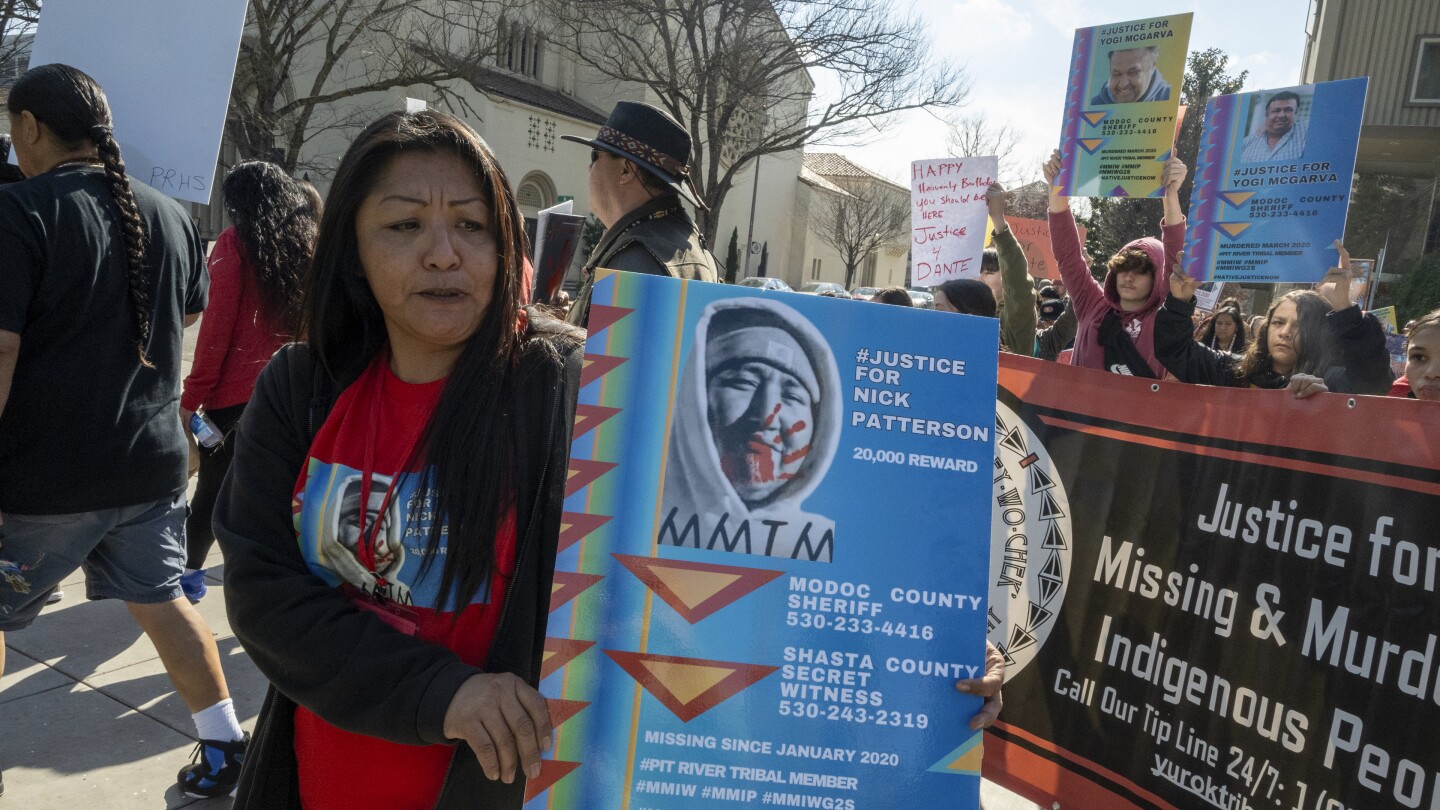It was the winter of 2021 when Philbert Shorty’s family found his abandoned car stuck in the mud outside the small community of Tsaile near the Arizona-New Mexico state line. “We knew something happened from the get-go,” said his uncle, Ben Shorty. “We couldn’t find any answers.”
Family members reported the 44-year-old man missing. And for the next two years, they searched — hiking through remote canyons on the Navajo Nation, placing advertisements on the radio and posting across social media in hopes of unearthing any clues.
The efforts produced nothing. They had no way of knowing he’d been killed more than a week before they reported him missing.
They remained unaware even as U.S. prosecutors finalized a plea deal last summer with Shiloh Aaron Oldrock, who was charged in connection with Shorty’s death as a result of a separate investigation into the killing and beheading of Oldrock’s uncle. The 30-year-old Fargo, North Dakota, man told authorities his uncle had threatened to kill him during an alcohol-fueled fight that came eight months after the pair conspired to cover up Shorty’s death by dismembering and burning his body on Jan. 29, 2021.
In both cases, Oldrock told investigators, a night of heavy drinking and fighting ended in death at his uncle’s home near Navajo, New Mexico.
The details of this tale are more gruesome than most. Yet to those living in Indian Country, the elements underlying the tragedy are all too familiar. Generations of unaddressed trauma combine with substance abuse to create a dangerous recipe that often ends in violence, and law enforcement resources and social support programs are too sparse to offer much help.


